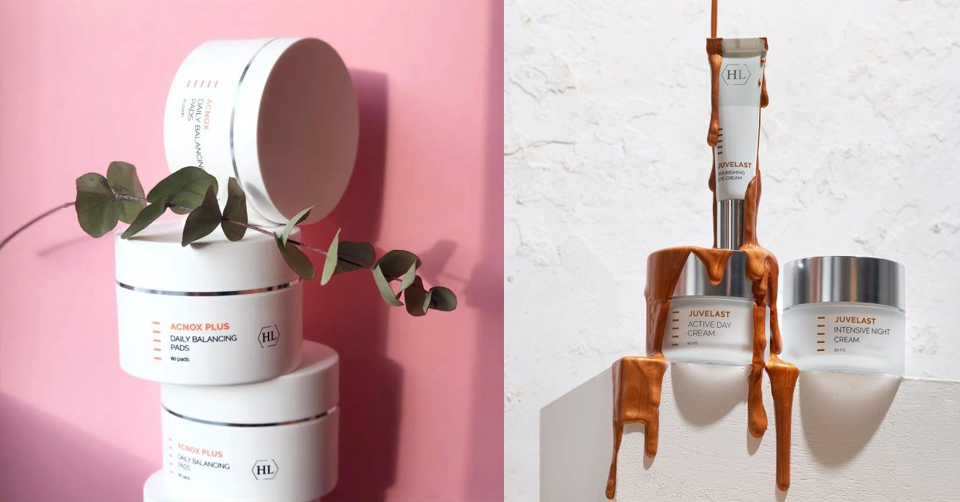
Running a network of 13 online cosmetic stores, we faced both opportunities and challenges. Most of these stores represented renowned professional cosmetic brands, setting the stage for success. However, ensuring a thriving business meant juggling partner-recommended retail prices, navigating through competition, and streamlining internal processes.
The Challenge
Well… Our primary aim? Maximizing profits! Yet, beneath that lay the crucial task of balancing expenses, from salaries and cost prices to rent and taxes.Our focus was professional cosmetics, an in-demand niche, especially the ones not readily available in brick-and-mortar stores. Brands like Holy Land, Jane Iredale, and others joined our portfolio.
Our marketing toolkit included CRM, email marketing, SMS campaigns, paid advertising, social media platforms, Google Analytics, Google Search Console, Google Merchant Center, and Facebook.
The Strategy
The primary tool for paid promotion was Google Ads. Each store was promoted separately. We collected all branded queries for each store, grouped them by product meaning to maximize query relevance, and created dedicated landing pages for products. They generated most of our revenue. In the top of the funnel, we had key queries categorized by product categories and characteristics, mainly for strong cosmetic brands and products. Gradually, as we collected audiences, we introduced dynamic remarketing and tested shopping campaigns. We optimized product cards in the Google Merchant Center for better query matching. To grow organic search (SEO), we implemented a blog and notes from in-house cosmetologists where anyone could get free recommendations and find high-quality, individually tailored care based on their problems. On the Facebook page, we posted information about discounts, promotions, new products, care tips, and other valuable content. Emails were sent with information about abandoned carts, special offers based on customer interests, and delivery status notifications.
Lately we found that the average customer’s shopping cart was $100, with order cycle lengths ranging from a month to six months (which also involved audience segmentation, from cosmetologists to occasional buyers). Over time, we calculated the customer’s lifetime value. Our customer base grew, and we developed a loyalty system with accumulating points. To expand demand and potential, we looked for new promising categories, products, and brands.Over time, competition grew, including unscrupulous rivals resorting to underhanded tactics. Vigilance, complaints, and selective ignorance helped us tackle these issues. Seasonality and external factors impacted our industry. Customer service, rapid delivery, and courier appearance played essential roles.


